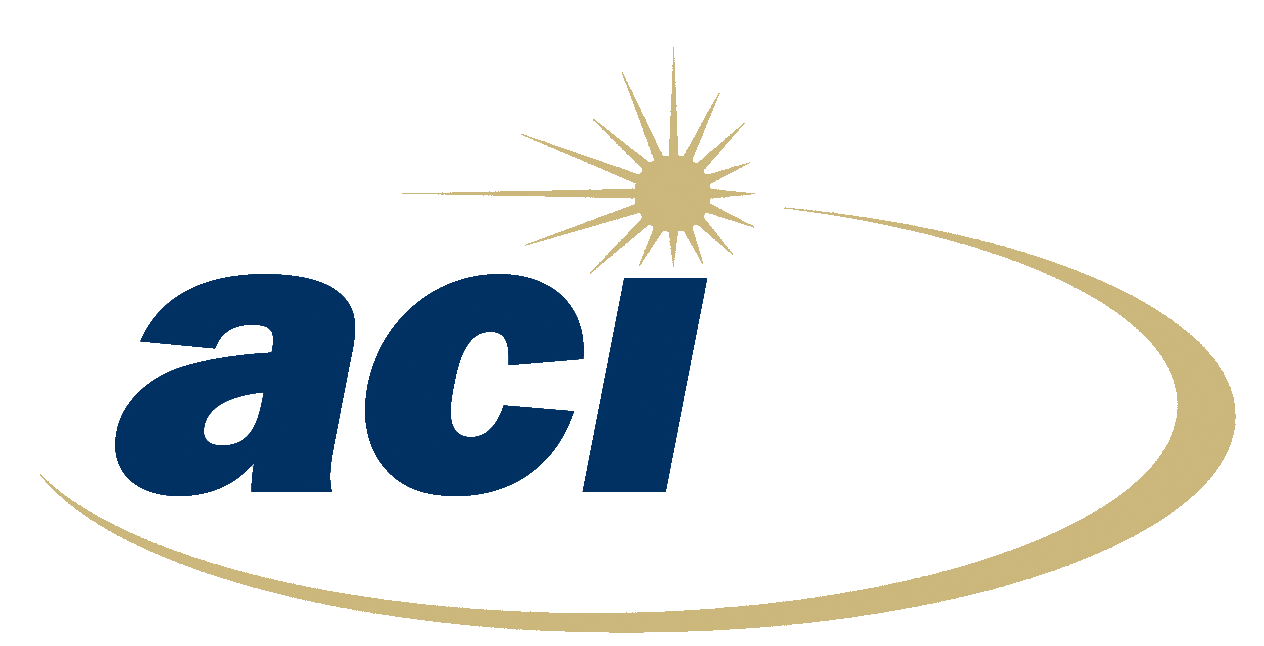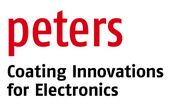Electronics Manufacturing Technical Articles
Papers and articles related to SMT, PCB & EMS industry.
- SMTnet
- »
- Technical Library
1757 SMT / PCB Assembly Related Technical Articles

Producer of bonding, dispensing and potting solutions with outstanding expertise in automation. As part of the Atlas Copco Group, we have a worldwide sales & service network and access to the Group's extensive technology portfolio
Kennesaw, Georgia, USA
Alpha Assembly Solutions is a world leader in the development, manufacturing, and sales of innovative materials used in the assembly electronics, industrial joining and Photo Voltaic market places.
South Plainfield, New Jersey, USA

ACI, an authorized IPC Training Center operating the National Electronics Manufacturing Center of Excellence providing analytical testing, manufacturing and repair services to the electronics industry.
Philadelphia, Pennsylvania, USA
Consultant / Service Provider, Standards Setting / Certification, Training Provider

With numerous facilities in the United States, we are one of the electronics industry's leading manufacturers of lead-free solder products, superior quality stencils, and precision cut parts.
Greeley, Colorado, USA

ACI, an authorized IPC Training Center operating the National Electronics Manufacturing Center of Excellence providing analytical testing, manufacturing and repair services to the electronics industry.
Philadelphia, Pennsylvania, USA
Consultant / Service Provider, Standards Setting / Certification, Training Provider

Leading provider of full-field metrology solutions for substrates and packages in the OEM/CEM/SATS/PCB segments of the microelectronics industry.
Atlanta, Georgia, USA

ACI, an authorized IPC Training Center operating the National Electronics Manufacturing Center of Excellence providing analytical testing, manufacturing and repair services to the electronics industry.
Philadelphia, Pennsylvania, USA
Consultant / Service Provider, Standards Setting / Certification, Training Provider

Symor Instrument Equipment Co.,Ltd
Climatest Symor® is the leading environmental simulation testing equipment manufacturer in China established in 2001, located at Dayang Industrial Park,Hefei,China.
Hefei, China

Lackwerke Peters has progressively evolved into one of, if not the market leader for coating materials for assembled pcbs / flat packs in Europe, which includes renowned companies from aviation and aerospace technolog
Kempen, Germany

ACI, an authorized IPC Training Center operating the National Electronics Manufacturing Center of Excellence providing analytical testing, manufacturing and repair services to the electronics industry.
Philadelphia, Pennsylvania, USA
Consultant / Service Provider, Standards Setting / Certification, Training Provider
Pages: 1 2 3 4 5 6 7 8 9 10 11 12 13 14 15 16 17 18 19 20 21 22 23 24 25 26 27 28 29 30 31 32 33 34 35 36 37 38 39 40 41 42 43 44 45 46 47 48 49 50 51 52 53 54 55 56 57 58 59 60 61 62 63 64 65 66 67 68 69 70 71 72 73 74 75 76 77 78 79 80 81 82 83 84 85 86 87 88 89 90 91 92 93 94 95 96 97 98 99 100 101 102 103 104 105 106 107 108 109 110 111 112 113 114 115 116 117 118 119 120 121 122 123 124 125 126 127 128 129 130 131 132 133 134 135 136 137 138 139 140 141 142 143 144 145 146 147 148 149 150 151 152 153 154 155 156 157 158 159 160 161 162 163 164 165 166 167 168 169 170 171 172 173 174 175 176


.gif)





